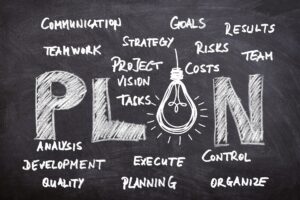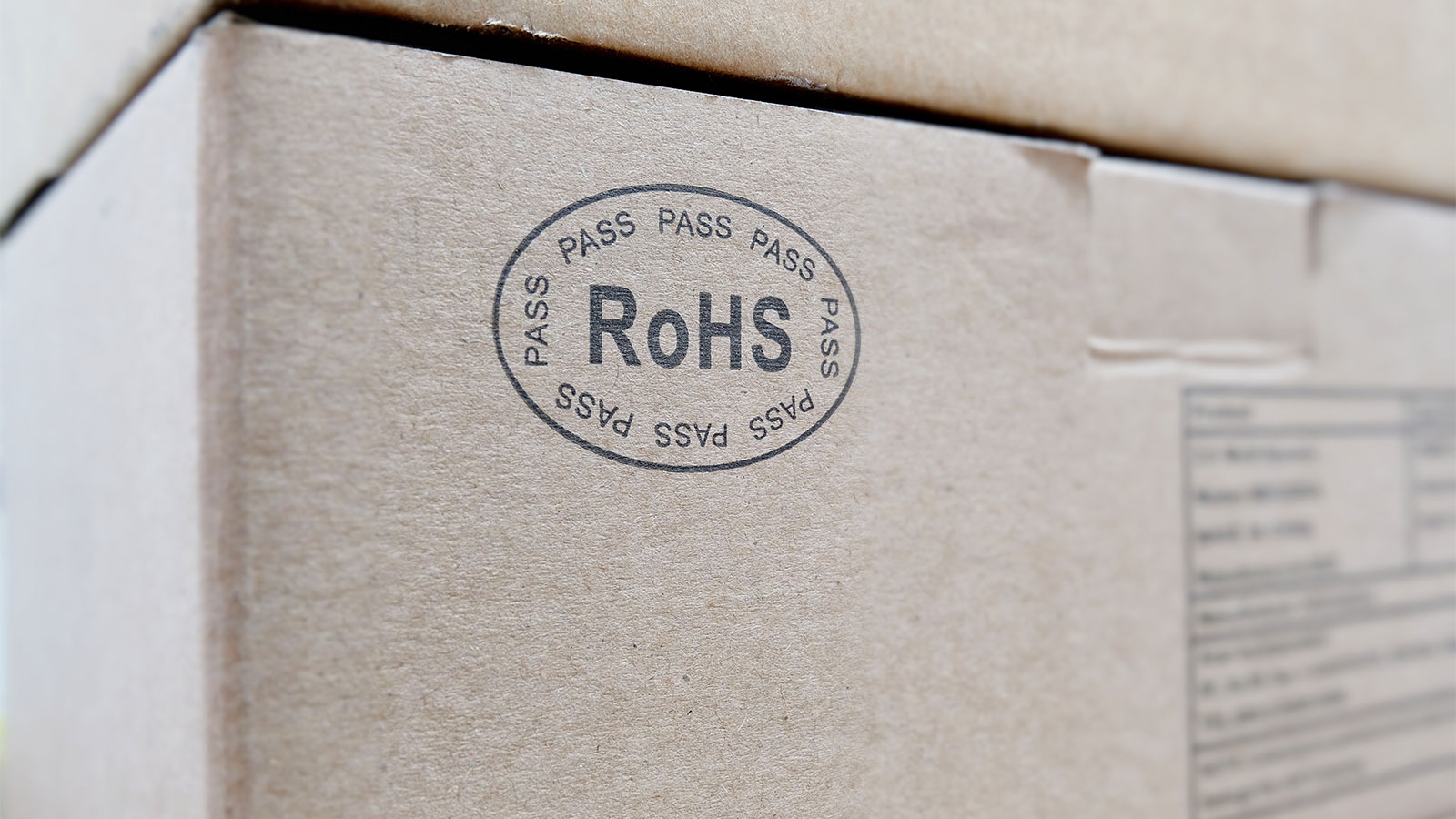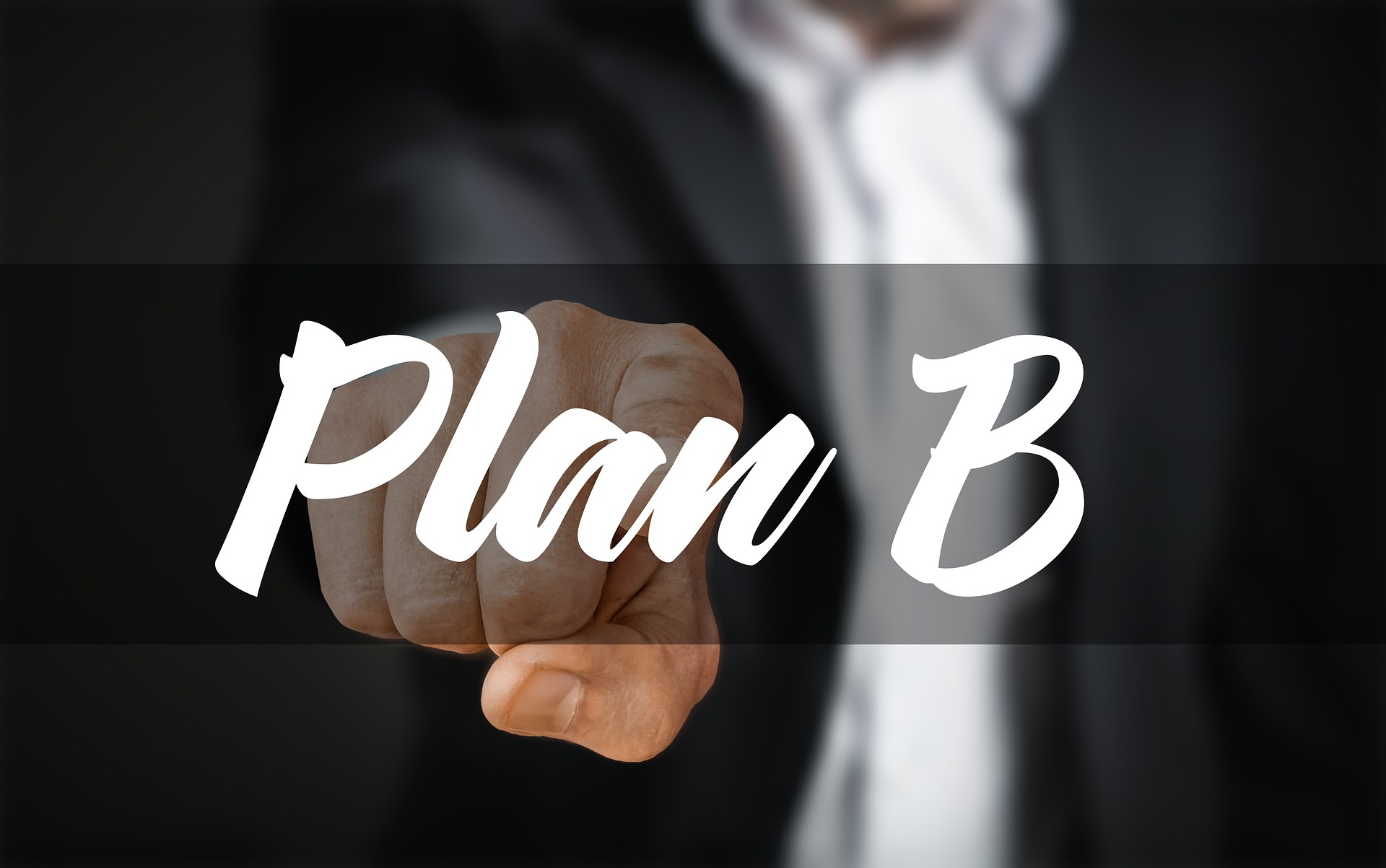During my time working at a Japanese company specializing in the installation of industrial gas pipeline systems, I took on the role of Procurement Leader, managing company-wide strategies rather than focusing solely on individual projects. The lessons from this experience helped me understand the crucial role of a well-defined procurement strategy in optimizing costs, ensuring quality, and maintaining a stable supply chain. Below is the strategy we implemented.

1. Comprehensive Needs Analysis
The first step was to identify material and equipment requirements comprehensively for the company’s operations. Rather than limiting the scope to individual projects, we analyzed long-term needs. The company required 15,000 meters of stainless steel pipes annually, an average of 500 control valves, and a large number of connection accessories. This process helped establish clear procurement goals and avoid resource waste.
2. Market Assessment of Suppliers
As a Japanese company in Vietnam, we emphasized studying the supplier market not only domestically but also internationally. Target groups included reputable suppliers from Japan, South Korea, and Europe. We conducted detailed comparisons of pricing, quality, and delivery timelines, focusing on supply chain reliability.
3. Categorizing Materials
We classified all material groups:
- Stainless Steel Pipes: Strategic items (high impact on costs and high supply risks).
- Control Valves: Items requiring strategic investment.
- Connection Accessories: Non-critical items (low impact, flexible supply).
4. Developing a Company-Wide Procurement Strategy
The company’s procurement strategy included:
- Stainless Steel Pipes: Signing long-term contracts (3-5 years) with suppliers to ensure quality and competitive pricing.
- Control Valves: Collaborating with suppliers on research and development to ensure synchronization and innovation.
- Connection Accessories: Partnering with multiple suppliers to enhance supply chain flexibility.
5. Selecting Suppliers
The supplier selection process was based on strict criteria: quality, cost, durability, and after-sales service. Ultimately, we established a list of long-term strategic partners.
6. Negotiating and Signing Contracts
We tailored contract types to fit their specific requirements:
- Stainless Steel Pipes: We signed fixed-price long-term contracts spanning 3-5 years to hedge against price volatility and ensure a steady supply.
- Control Valves: These required flexible contracts with clauses for joint research and development, enabling customization and future technological improvements.
- Connection Accessories: We adopted framework agreements with multiple suppliers to ensure agility and competitive pricing for these non-critical items. These agreements allowed us to adjust order volumes based on project needs.
This differentiated approach ensured that each material type had a contract structure aligned with its strategic importance and supply characteristics.
7. Managing and Evaluating Supplier Performance
We implemented a KPI system to periodically assess suppliers, helping us maintain quality and address areas needing improvement. Evaluation results were integrated into future strategic decisions.

Conclusion
As the Procurement Leader at a Japanese company, I gained invaluable lessons in strategy management. From supplier evaluation and contract negotiation to strategic investments, all these efforts helped the company maintain competitiveness and achieve sustainable growth. I hope these insights will assist you in managing your procurement strategies more effectively in your role.


zoritoler imol
I believe this is among the such a lot significant information for me. And i’m satisfied studying your article. But want to commentary on few general issues, The web site taste is great, the articles is really great : D. Excellent process, cheers